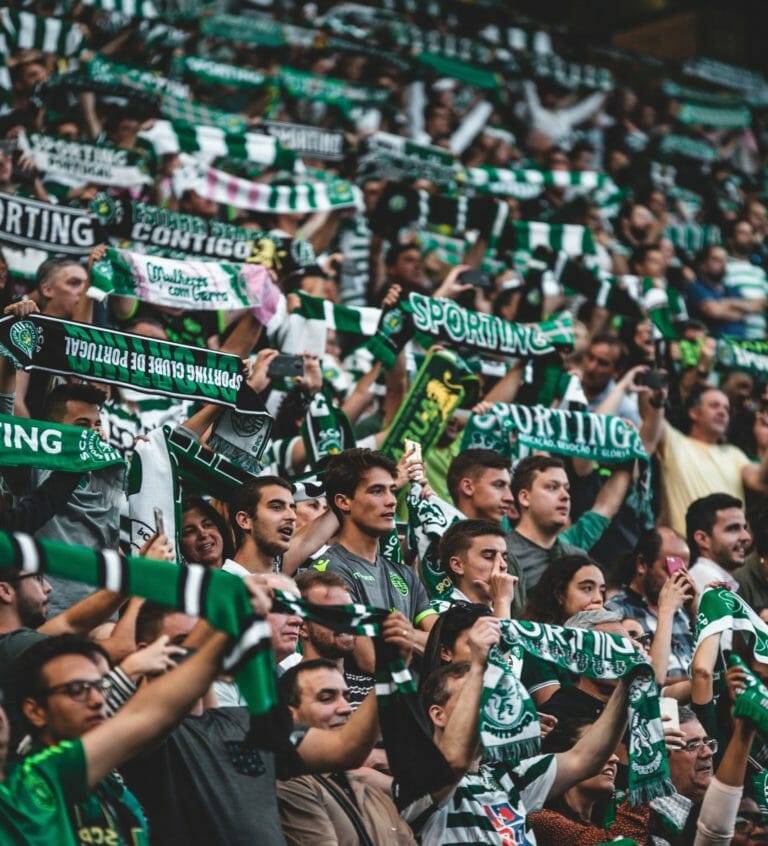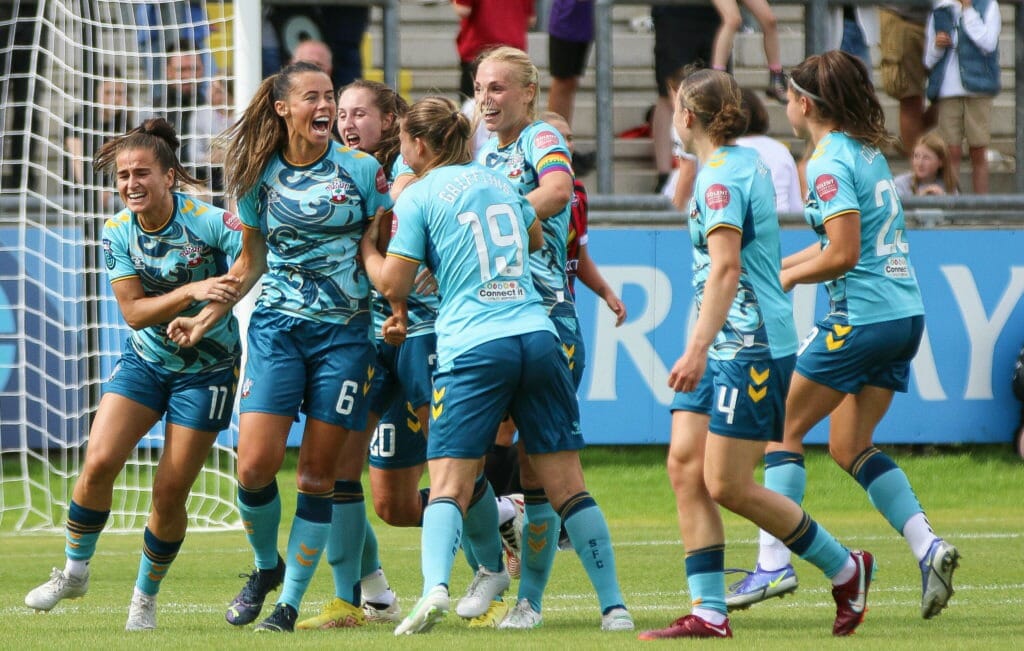
Back in the game: the ticket sales challenge for European football clubs

After the unprecedented mid-season interruption of the FIFA World Cup, European club football has reclaimed centre stage.
Top-flight sides have been dealing with a unique challenge on and off the pitch. Many leagues are well used to scheduled winter breaks but not of this length or this nature.
The first priority has been to recapture attention and encourage fans to resume pre-tournament habits. In many cases, these were still being re-established in the first fully post-pandemic season across the continent.
But there is a huge opportunity ahead, not least when it comes to ticket sales. Elite teams have reached January in the 2022/23 season with more than half of their games to play in a condensed period.
For many clubs, that inventory represents real growth potential. Studies before the Covid-19 shutdown found that 25% of stadium capacity was going unsold across the top seven European leagues – equivalent to £850 million per season in unrealised revenues, even before secondary income sources like merchandising and concessions are taken into account.
As they get back on that path to growth, there are a few key factors clubs will be keeping in mind.
Economic conditions
While the easing of public health restrictions fuelled a strong appetite for live experiences in 2022, new pressures were brought to bear on consumer spending throughout the year.
Inflation has been high across Europe, with soaring winter fuel bills further limiting discretionary spending. In the UK, where these problems are particularly acute, the Resolution Foundation is projecting a second successive annual fall in disposable income – this time by 3.8%, or £880 per household.
Meanwhile, clubs themselves will suffer from those inflationary effects, with games becoming more expensive to put on due to rising energy and supply costs.
Margins are tighter and latent demand could be lower. More than ever, that means clubs must be able to reach the right fans through targeted marketing.
Engaged audiences are critical to the success of sports organisations. Our data indicates that an engaged audience is twice as likely to purchase a product or service as an unengaged audience, and spends twice as much with a brand.
Developing a clear and intentional strategy for content, creative and communication is the foundation for ticket sales success.
The FIFA World Cup factor
Fans’ attention may have shifted to Qatar in November and December but few club sides will have been dormant in that time.
Communication will have continued throughout the World Cup, either on social media or through direct marketing channels like email. Clubs should be serious about auditing and processing interactions with that content – not least as sustained interest in the face of the World Cup distraction is evidence of an engaged audience.
That activity will also be rich in significant data points that can be used to segment fanbases and better target future creative. Some fans will have closely followed individual players with their national teams, while others will have been drawn to training updates and behind-the-scenes content, community news, or results and highlights from friendly matches.
Most significantly, supporters at home and overseas will have attended those friendlies or explored a ticket purchase. They will be important prospects for regular season fixtures.
Expanded ticketing inventory
Alongside those warm-up matches, many clubs extended their ticket inventory during the World Cup by moving women’s fixtures to their men’s home venues.
In England, several Women’s Super League (WSL) teams staged matches at a Premier League stadium instead of their smaller regular grounds. Attendances for those games were naturally several times higher than usual and the possible benefits should extend much further.
For Premier League teams who often operate close to capacity, those WSL events will have satisfied some demand for the full stadium experience. Spectators at those matches – who broadly comprised a younger and more diverse part of the fanbase – are now stronger marketing leads for the club and can be moved further down the marketing funnel for men’s tickets and other products.
And, of course, the demand for WSL games in bigger venues hints at a possible new source of long-term revenue growth.
Reducing friction
Audience segmentation is vital to any sales campaign. Clubs must be aware of where there is demand for tickets and how to reach those fans who want to buy.
Creative should be designed for different parts of an engaged audience based on their prior interactions – directing some to content about individual players, for example, or elements of the matchday experience.
And while the bulk of a match-going audience will be local, opportunities for incremental growth can come from attracting fans in other territories – or tourists in major cities – which means that the timing and setting of direct-to-consumer and paid messaging are critical details.
Moreover, it is important to tailor products and offers to those segments of a fanbase as well. Travel packages are relevant to overseas supporters, while newer fans might be steered towards membership packages. Even once games have been sold out, clubs can be proactive in building awareness of internal or partnered ticket transfer or resale platforms, creating additional value for season ticket holders who cannot attend while giving other fans a late chance to get in on the action.
Every empty seat is a chance to grow revenue and there is more than one way to fill it.
Don’t miss out on the opportunity to maximise your ticketing inventory! Contact us now at hello@weplay.co to learn more.



